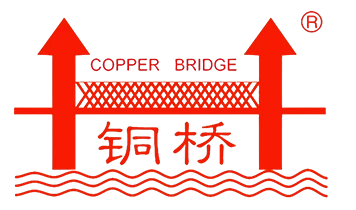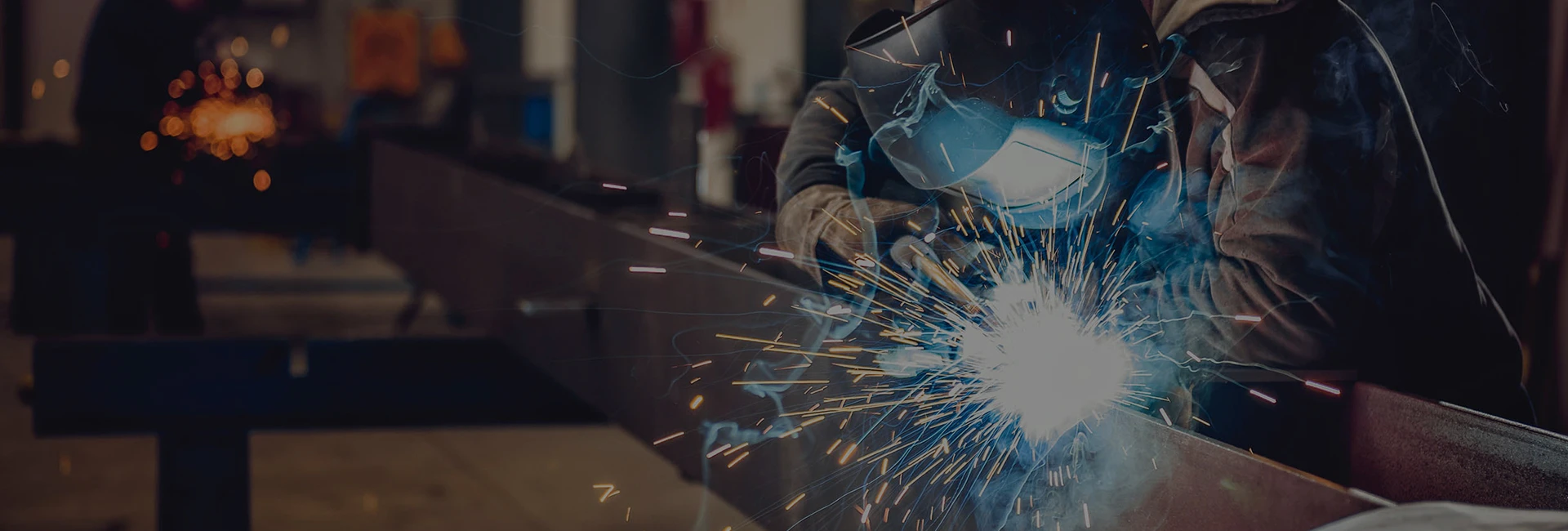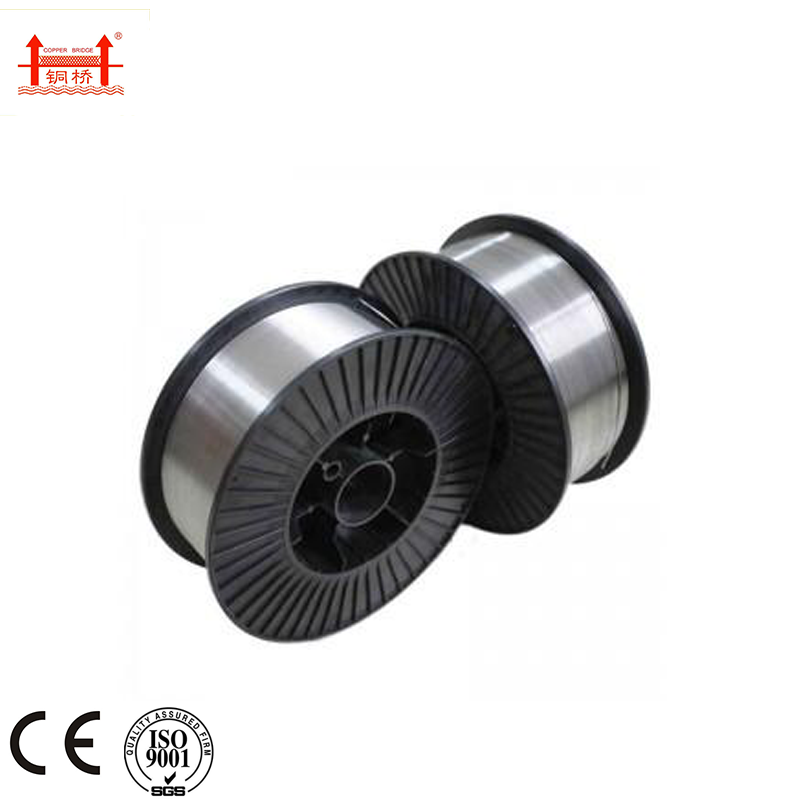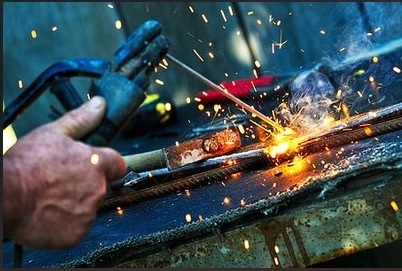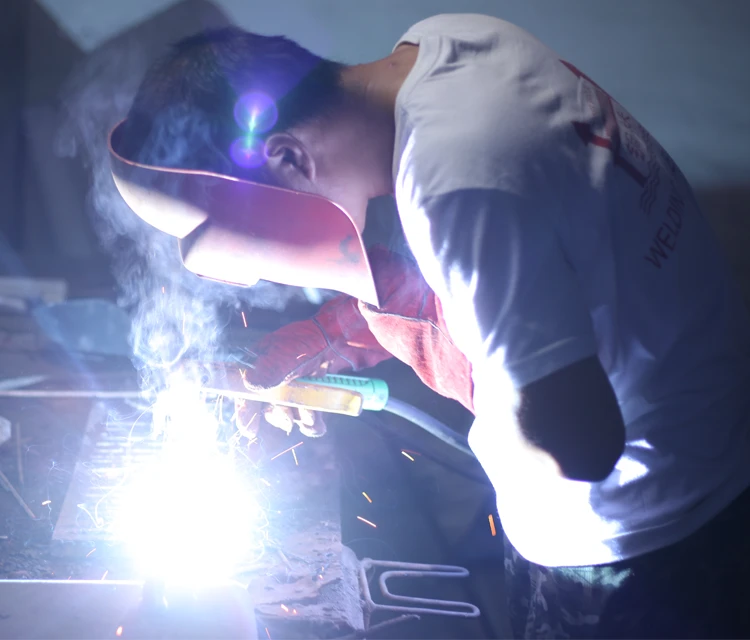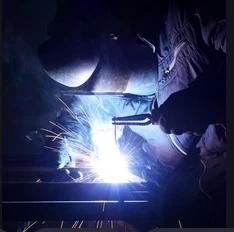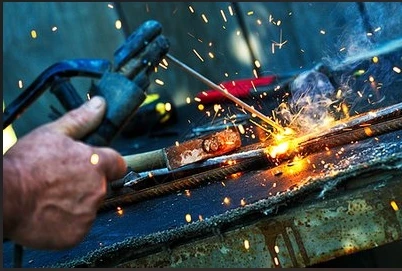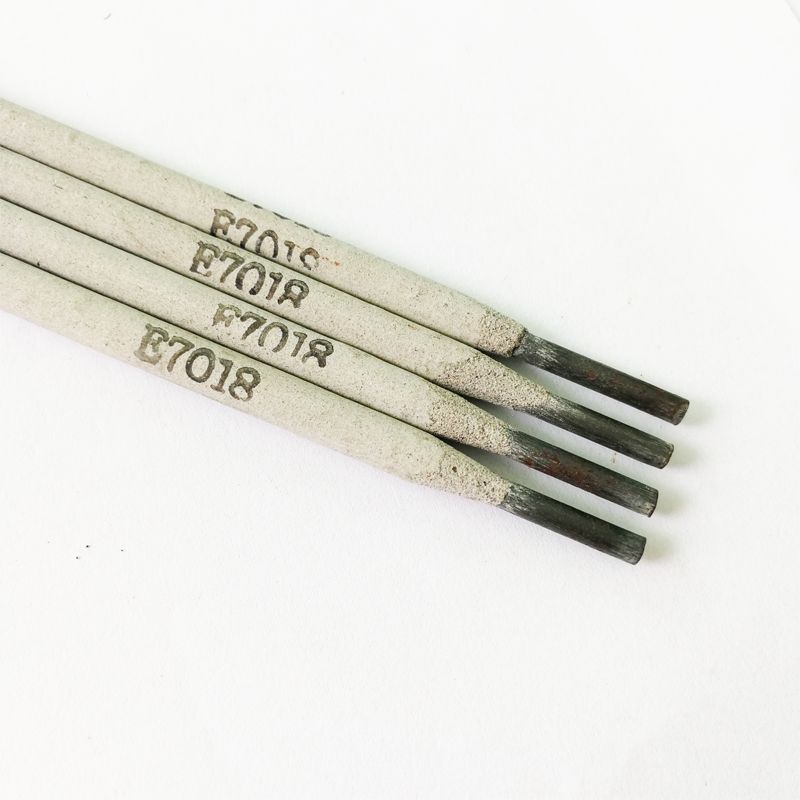Comprehensive Guide to AWS A5.1 E7018 Welding Electrodes | Durable & Low Hydrogen
Nov . 24, 2025 00:30
Understanding AWS A5.1 E7018: The Welding Electrode That Keeps Industry Moving
If you’ve ever been near a factory, a construction site, or even a shipyard, there’s a good chance you’ve seen the work of AWS A5.1 E7018 electrodes — even if you didn’t know it. These welding rods, to put it simply, are the backbone of many industrial fabrication and repair jobs worldwide. But why exactly does the AWS A5.1 E7018 matter so much? Beyond just joining metal parts, they ensure safety, longevity, and structural integrity in everything from pipelines to bridges.
Globally, welding consumption is tightly correlated with economic growth—especially in emerging markets. The United Nations Industrial Development Organization (UNIDO) reports that welding electrodes like E7018 are essential for infrastructure and manufacturing growth. Plus, in a world increasingly conscious of sustainability and safety, using reliable electrodes impacts not just production cost but human lives.
Mini takeaway: Getting familiar with AWS A5.1 E7018 isn’t just for welders. It’s understanding a vital technical piece of global development and safety.
Why the AWS A5.1 E7018 Electrode is a Global Industry Staple
The global welding electrode market was valued at over $4 billion recently, reflecting how integral welds are to infrastructure, manufacturing, oil & gas, and even defense sectors. According to ISO standards, electrodes must meet rigorous chemical and mechanical requirements to be certified for certain jobs. The E7018 type is one of the most trusted due to its low hydrogen content and excellent mechanical properties.
Problems like brittle welds in cold climates or poor arc stability in humid environments can cause failures—infrastructure, safety hazards, downtime. Enter AWS A5.1 E7018, designed specifically to reduce hydrogen-induced cracking while maintaining strong welds in tricky conditions. In other words, it’s the “go-to” rod when quality counts, and downtime or repair costs are killers.
Putting It Simply: What is AWS A5.1 E7018?
At its core, the AWS A5.1 E7018 designation describes a type of low-hydrogen, iron powder-coated welding electrode commonly used for shielded metal arc welding (SMAW). Here’s the gist:
- AWS A5.1: The American Welding Society standard that classifies mild steel electrodes.
- E7018: Electrode, tensile strength 70 ksi, welding position “all positions,” low hydrogen.
Essentially, if you want a predictable, strong, and crack-resistant weld, the E7018 electrode is your friend. Its specialized coating controls hydrogen levels in the weld puddle and delivers better arc stability. Plus, it’s pretty forgiving even if the welder isn’t a seasoned pro — another reason why its global use is widespread.
Mini takeaway: AWS A5.1 E7018 means dependable, low-hydrogen welding for critical steel jobs that must last.
Core Components That Make E7018 Unique
1. Low Hydrogen Content
The “low hydrogen” feature reduces the risk of weld cracks — a common problem in steel welding. This comes from the electrode’s flux coating that contains moisture-absorbing ingredients, preventing hydrogen from entering the weld metal.
2. Iron Powder Coating
The coating increases deposition rates (meaning more weld metal per pass), improving efficiency. Many welders notice the smoother weld bead appearance and easier slag removal compared to bare rods.
3. All-Position Welding Capability
Whether overhead, horizontal, vertical, or flat, E7018 works. That’s crucial for complex fabrications like ships, pipelines, or bridges, where not every weld happens on a flat surface.
4. High Tensile Strength
Rated at 70 ksi (kilopounds per square inch), this ensures structural integrity in high-stress applications, giving engineers confidence in design-life limits.
5. Versatile Application
From mild carbon steels to low-alloy steels, the E7018 electrode covers a wide spectrum — which keeps stock inventories lean and projects on schedule.
6. Extended Shelf Life with Proper Handling
One thing I’ve often noticed is how sensitive these rods are to moisture once the packaging’s opened. It’s a bit of a hassle but manageable by storing in heated ovens or dry cabinets to preserve their “low hydrogen” properties.
Mini takeaway: The genius of E7018 lies in its flux formulation and iron powder boosting strength and weld quality.
Where in the World is AWS A5.1 E7018 Making a Difference?
From the frozen tundra of Siberia to the humid tropics of Southeast Asia, E7018 electrodes have found use everywhere. Let’s look at a few examples:
- Oil & Gas Pipelines: In Russia and Canada, reliable welding prevents catastrophic leaks.
- Shipbuilding: South Korea and Japan rely heavily on E7018 for durable hull construction.
- Infrastructure: Bridges in Europe and the U.S. use E7018 for its crack resistance in critical joints.
- Post-Disaster Reconstruction: NGOs in Haiti and Nepal use these rods for emergency shelter frame repairs.
Oddly enough, I once heard that some remote industrial zones in Australia judge electrode quality by ease of slag removal — the E7018 consistently scores top marks.
Product Specification Table
| Specification | Value | Details |
|---|---|---|
| AWS Classification | E7018 | Low hydrogen, all-position electrode |
| Tensile Strength | 70 ksi | Minimum strength in thousands of pounds per sq. inch |
| Hydrogen Content | ≤5ml/100g weld metal | Low hydrogen content to prevent cracking |
| Coating | Iron powder, rutile | Enhances metal deposition and arc stability |
| Welding Positions | All positions (1G, 2G, 3G, 4G) | Flexibility for complex welds |
Comparing AWS A5.1 E7018 Vendors: Who Stands Out?
| Vendor | Quality Consistency | Moisture Protection | Cost per kg ($) | Global Availability |
|---|---|---|---|---|
| Lincol... | Excellent | Vacuum sealed packs | 6.50 | Worldwide |
| Jinlong Welding | Very Good | Plastic & foil sealed | 5.90 | Asia, Africa |
| ESAB | Excellent | Humidity proof packaging | 6.75 | Europe, USA, South America |
Advantages & Long-Term Value of Using AWS A5.1 E7018 Electrodes
When cost-effectiveness meets reliability, you get something like the E7018. Many engineers swear by it because it’s not just about weld strength but the peace of mind that comes from reduced rework and inspection failures. Imagine, too, the social value of safer bridges or more durable pipelines; the safety factor isn’t just numbers — it’s protecting lives.
From a sustainability perspective, E7018 rods produce less spatter and a consistent arc, which minimizes material waste and energy use during welding operations. That’s a bonus in an industry where green credentials are becoming a competitive edge.
Emerging Trends & Innovations Around AWS A5.1 E7018
In an age of digital transformation, welding is not left behind. New E7018 electrodes come with improved coatings for better moisture resistance and increased deposition rates. Automation in welding combined with smart electrode tracking ensures not only productivity but compliance with international quality standards.
Also, manufacturers are experimenting with more eco-friendly flux compositions—reducing the environmental footprint of welding consumables. Since welding accounts for a significant energy use globally, even minor efficiency gains add up over time.
Challenges in Using AWS A5.1 E7018 and How to Overcome Them
One common bump in the road is moisture absorption. If the E7018 rods aren’t stored correctly, they lose their low-hydrogen advantage, leading to brittle welds. The fix? Proper storage in controlled environments — demanding but absolutely necessary.
Another is welder skill level. While E7018 is more forgiving than other rods, operator errors still affect outcomes. Training blended with modern automated welding can mitigate this issue.
Frequently Asked Questions About AWS A5.1 E7018
- What makes E7018 electrodes preferable over other stick rods?
- E7018 electrodes are preferred for their low hydrogen content, which reduces crack susceptibility, and their ability to weld in all positions. Their iron powder coating enhances deposition efficiency and arc stability, making them ideal for critical welds.
- How should E7018 electrodes be stored to maintain quality?
- They must be stored in a dry environment, preferably in a heated oven or sealed container immediately after opening. Moisture absorption can degrade the flux coating and lead to weld defects.
- Can E7018 welders be used for low-alloy steels?
- Yes, E7018 electrodes are versatile and commonly used on mild carbon and low-alloy steels, but it’s essential to verify compatibility based on specific alloy compositions and project specs.
- Is AWS A5.1 E7018 suitable for outdoor welding?
- Absolutely, but care must be taken to protect the electrode from rain and humidity. Their flux coating helps resist contamination, but moisture still poses risks if the rods aren’t kept dry.
- How does AWS A5.1 E7018 contribute to structural safety?
- The combination of high tensile strength and low hydrogen minimizes weld cracking, ensuring long-lasting joints that maintain structural integrity even under stress, improving overall safety.
Conclusion: The Long-Term Benefits of AWS A5.1 E7018
In real terms, AWS A5.1 E7018 welding electrodes represent an industry standard for a reason — they combine strength, reliability, and versatility with cost-effectiveness. While storage and handling require attention, the electrodes reward users with welds that stand the test of time and conditions.
If you want to explore more about aws a5 1 e7018, or source quality electrodes for your next project, head over to our website to find detailed guidance, vendor options, and expert support.
Remember, the right electrode isn’t just a tool — it’s a safety net for your work and the people who rely on it.
References
Related Video


